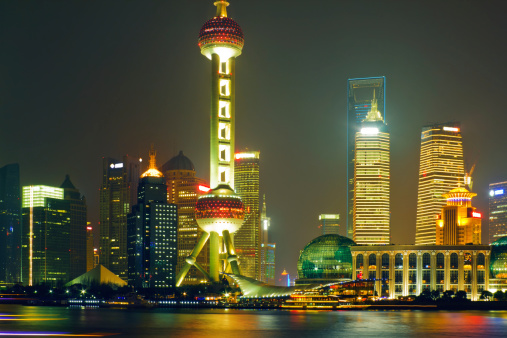Lately, Chinese stock markets have been on a tear. Year to date, the Shanghai Composite index is up a whopping 53%, prompting worries that major Chinese indexes may be overheating. Many are even calling the huge rise in Chinese stocks a bubble. What are investors to do after this monster rally?
For a long time, the underperformance of Chinese stock markets puzzled investors, as its stocks languished despite massive economic growth in China. Now, markets seem to be playing a game of catch-up. Over the past year, the Shanghai Composite is up more than 140%. Several factors have facilitated the rally, including the opening of the Shanghai-Hong Kong stock connect, which allowed considerably more foreign investment and opened up the world to Chinese A-shares.
Another factor is China’s central bank, which just cut interest rates for the third time in six months, as the Chinese government has gotten more aggressive with its stance on monetary easing following the slowdown in GDP growth. A more worrying element of the rally is that it is largely being fueled by borrowed money. According to Macquarie Securities Group, margin-based investing is over three times higher in China than on the New York Stock Exchange during either the tech or sub-prime bubbles.
ALSO READ: Is a Shakeout Coming in Chinese Solar Stocks?
There are already signs of increased volatility. Last month saw major Chinese indexes shed more than 6% in one day, as margin trading was tightened by many brokers. Nevertheless, markets recovered following the plunge, continuing their drift higher.
Some stocks are showing signs of petering out, however. China Life Insurance Co. Ltd. (NYSE: LFC) seems to be having trouble breaching resistance, and its valuation is looking stretched at around 32.4 times trailing earnings. Industrial and Commercial Bank of China also seems to be putting in a lower top. Meanwhile, PetroChina Co. Ltd. (NYSE: PTR), the largest stock on the SSE by market cap, is up around 60% over the past year despite the turmoil in global energy markets, a divergence that cannot go on forever.
Indeed, the rally seems to be largely divorced from fundamentals, the Shanghai Composite at its highest level in seven years while Bloomberg’s GDP tracker is at its lowest since 2009, making individual company performance a less important factor in determining stock market direction than sentiment. Positive sentiment is still firmly in place, many commentators stating that the rally still has room to run, as the government remains committed to its stimulus program as well as its reform efforts. Moreover, the Chinese central bank has plenty of firepower left to fuel the rally.
However, investing is all about managing risk. It is perfectly possible that Chinese shares will continue to power higher, as more foreign money flow into Chinese markets and the central bank provides monetary easing. Yet, after a rally of more than 140% over the past year, there seems to be considerably more room to the downside than the upside.
ALSO READ: Countries With the Widest Gap Between the Rich and the Poor
Are You Still Paying With a Debit Card?
The average American spends $17,274 on debit cards a year, and it’s a HUGE mistake. First, debit cards don’t have the same fraud protections as credit cards. Once your money is gone, it’s gone. But more importantly you can actually get something back from this spending every time you swipe.
Issuers are handing out wild bonuses right now. With some you can earn up to 5% back on every purchase. That’s like getting a 5% discount on everything you buy!
Our top pick is kind of hard to imagine. Not only does it pay up to 5% back, it also includes a $200 cash back reward in the first six months, a 0% intro APR, and…. $0 annual fee. It’s quite literally free money for any one that uses a card regularly. Click here to learn more!
Flywheel Publishing has partnered with CardRatings to provide coverage of credit card products. Flywheel Publishing and CardRatings may receive a commission from card issuers.
Thank you for reading! Have some feedback for us?
Contact the 24/7 Wall St. editorial team.





